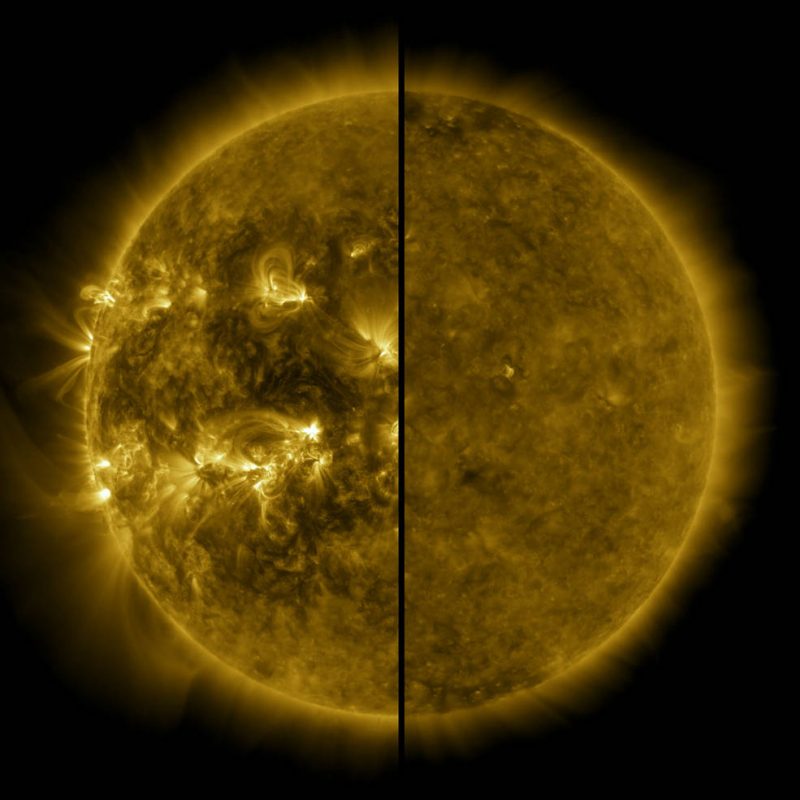Old Rocks
Diamond Member
Looks like all that flap yap about the sun going inactive and creating another Maunder Minimum was just that. Flare after flare, and beautiful auroras.
Follow along with the video below to see how to install our site as a web app on your home screen.
Note: This feature may not be available in some browsers.
Looks like all that flap yap about the sun going inactive and creating another Maunder Minimum was just that. Flare after flare, and beautiful auroras.
"One interesting aspect of solar cycles is that the sun went through a period of near zero sunspot activity from about 1645 to 1715. This period of sunspot minima is called the Maunder Minimum. The "Little Ice Age" occurred over parts of Earth during the Maunder Minimum. So how much does the solar output affect Earth's climate? There is debate within the scientific community how much solar activity can, or does affect Earth's climate. There is research which shows evidence that Earth's climate is sensitive to very weak changes in the Sun's energy output over time frames of 10s and 100s of years. Times of maximum sunspot activity are associated with a very slight increase in the energy output from the sun."I think it is not uncommon for solar flares to occur when the Sun is quiet.
Do you have evidence that they are not?
Looks like all that flap yap about the sun going inactive and creating another Maunder Minimum was just that. Flare after flare, and beautiful auroras.
Looks like all that flap yap about the sun going inactive and creating another Maunder Minimum was just that. Flare after flare, and beautiful auroras.
LOL No, the sun is arguing with that forecast. Right now the sun is in a very active cycle. That is hardly typical of a Dalton Minimum.It's based upon the count. Are you arguing that NASA's forecast is wrong?
NASA didn't predict a Maunder Minimum. NASA's prediction is more in line with the Dalton Minimum.
Can you quantify very active? You know... like NASA does?LOL No, the sun is arguing with that forecast. Right now the sun is in a very active cycle. That is hardly typical of a Dalton Minimum.
Can you quantify very active? You know... like NASA does?

that's hilarious, dummy.
| EarthSky
A study of oppositely charged magnetic field bands, moving in the sun's northern and southern hemispheres, suggests the coming sunspot cycle - Cycle 25 - will be a particularly strong one. This result contradicts an earlier expert forecast, suggesting a weak Cycle 25.earthsky.org
We shall see who is correct. Right now, we have a very active sun for this early in the cycle.
We shall see who is correct. Right now, we have a very active sun for this early in the cycle.
Looks like all that flap yap about the sun going inactive and creating another Maunder Minimum was just that. Flare after flare, and beautiful auroras.